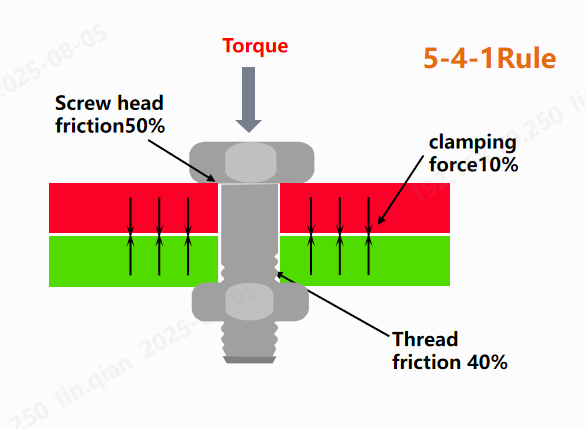In a wide variety of mechanical products, screw connections are the most common joining method. In consumer electronics—televisions, mobile phones, cameras, etc.—screws with nominal diameters below 5 mm are used extensively. A frequent problem here is “float”: the screw is not driven to the specified depth, yet the peak torque value reaches the programmed target and the controller believes the joint is tight. This can permanently damage the tapped hole, so preventing float is a critical quality-control issue.

What is screw float?
Float occurs when the screw has not reached the intended seating depth, but the torque–time curve already shows the set peak torque (e.g., 0.7 N·m). The driver then stops, yet the actual depth is still short. In the accompanying “float-lock” curve, the tool halts at 0.7 N·m; manual re-tightening proves this was only a false peak, not real seating. Typical causes include hole burrs, screw burrs, raised spots on the workpiece surface, etc.
Detection limitations
Conventional electric screwdrivers cannot detect float unless it is severe (≥ 2 mm). At present, float is usually checked indirectly by torque testing or laser distance measurement. Torque testers compare the delivered torque with a reference value, but they cannot measure actual screw depth.
Servo-driver solution
A servo electric screwdriver uses an integrated displacement sensor to monitor the real-time travel distance of the screw. The controller compares the measured depth with a preset seating position. If the actual depth is within the programmed tolerance, the joint is accepted; otherwise, the system issues an NG/alarm signal. This provides a direct, programmable float standard instead of relying on indirect torque checks.











